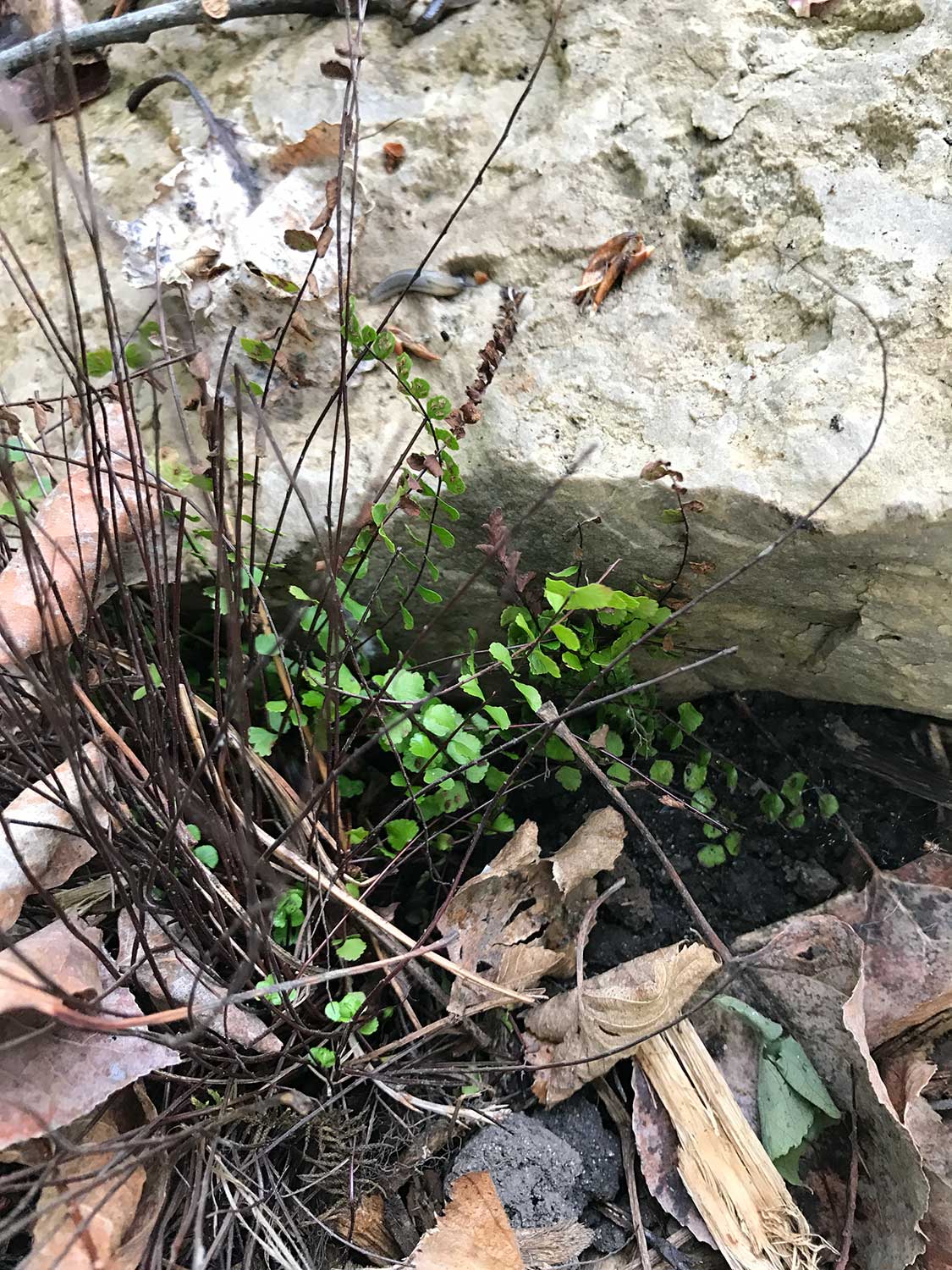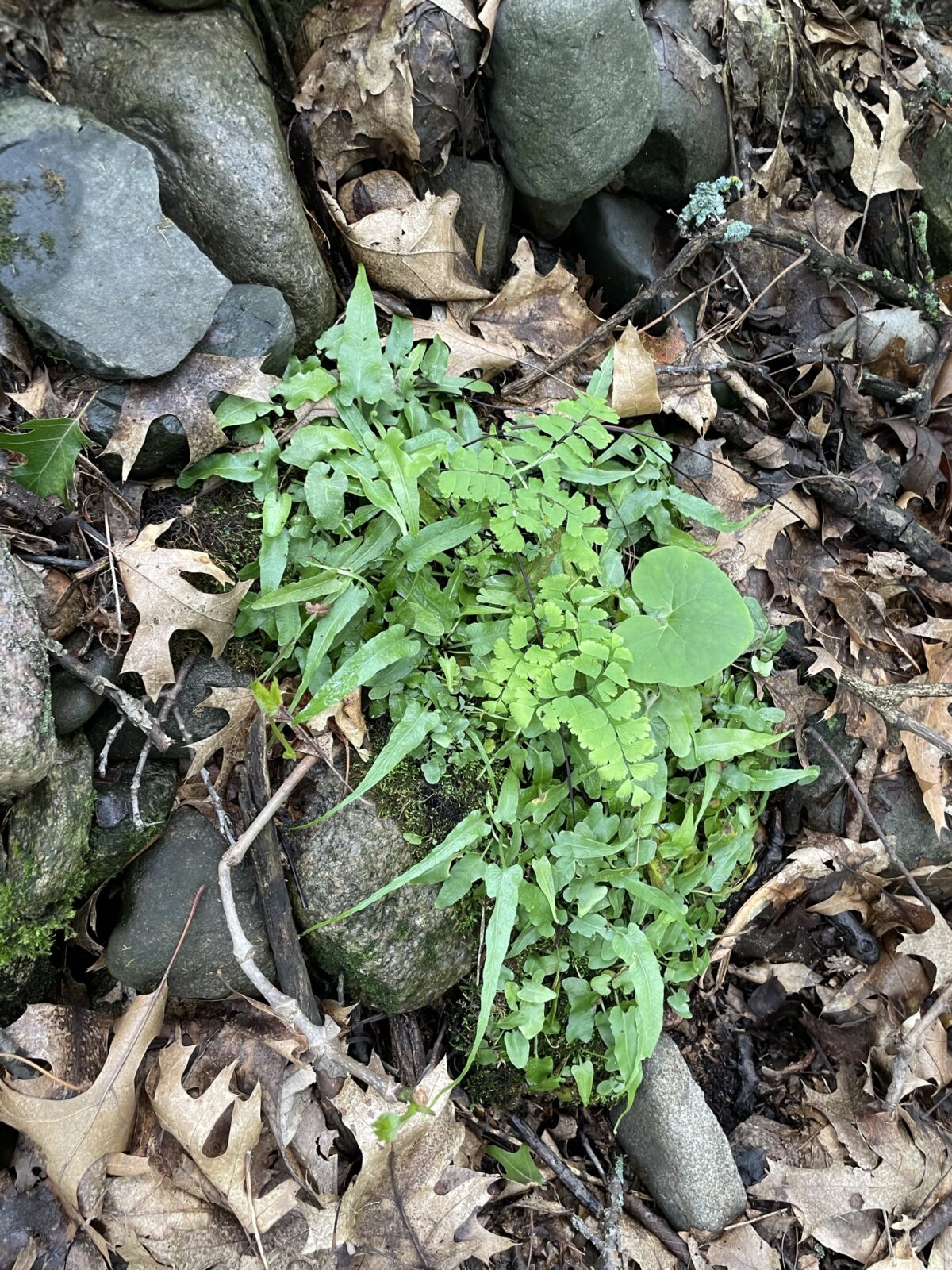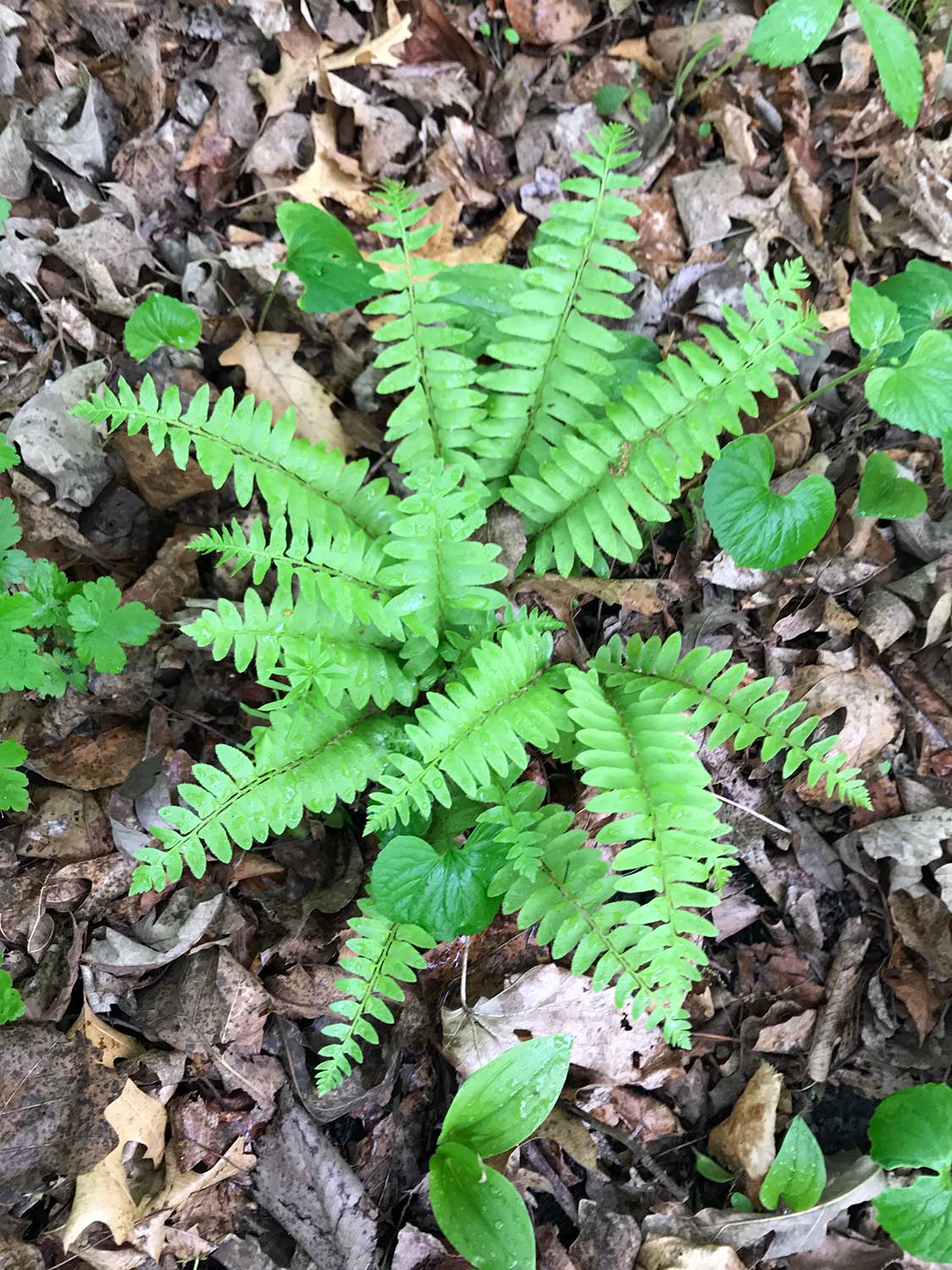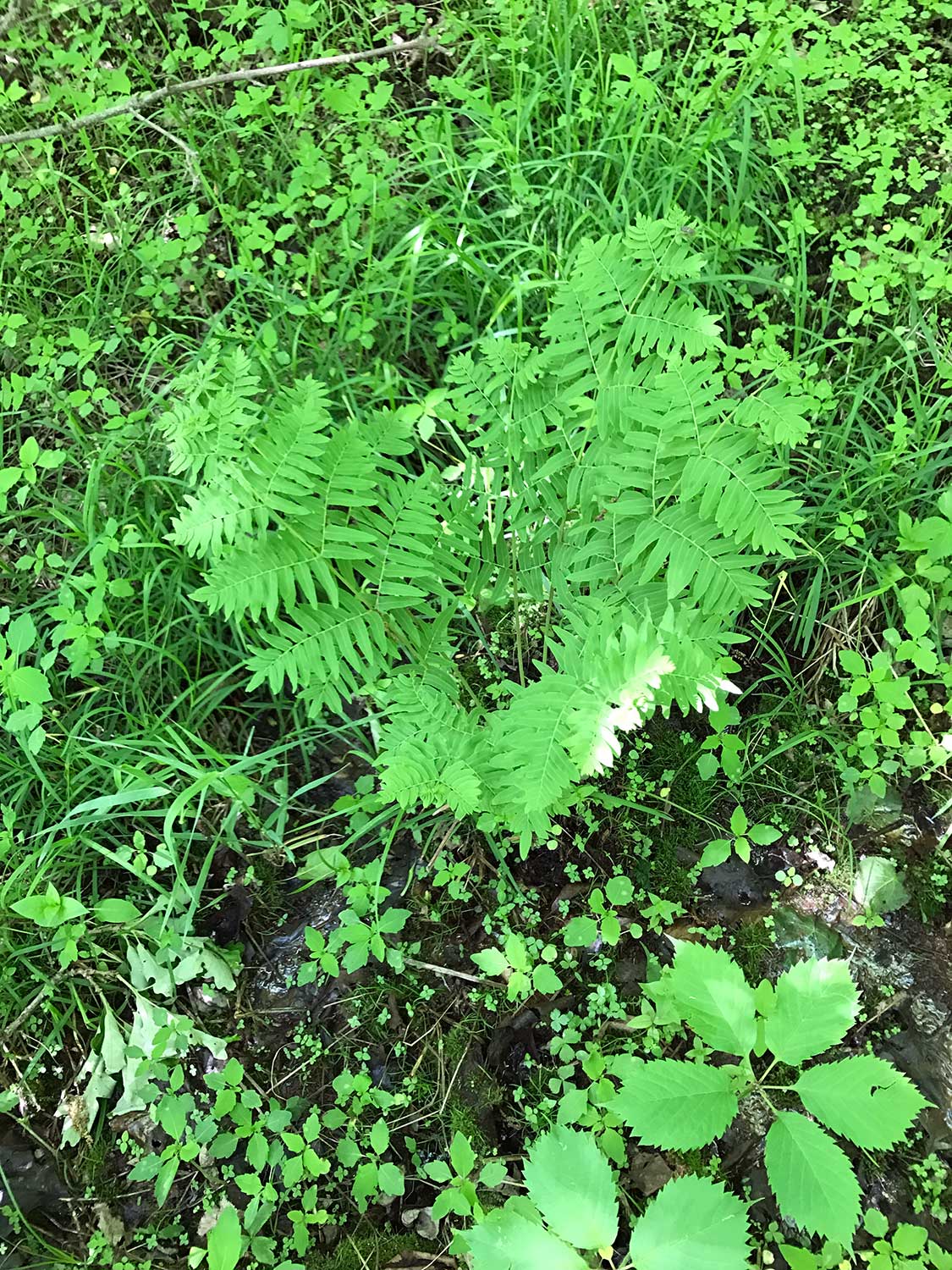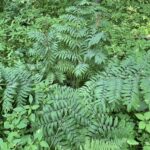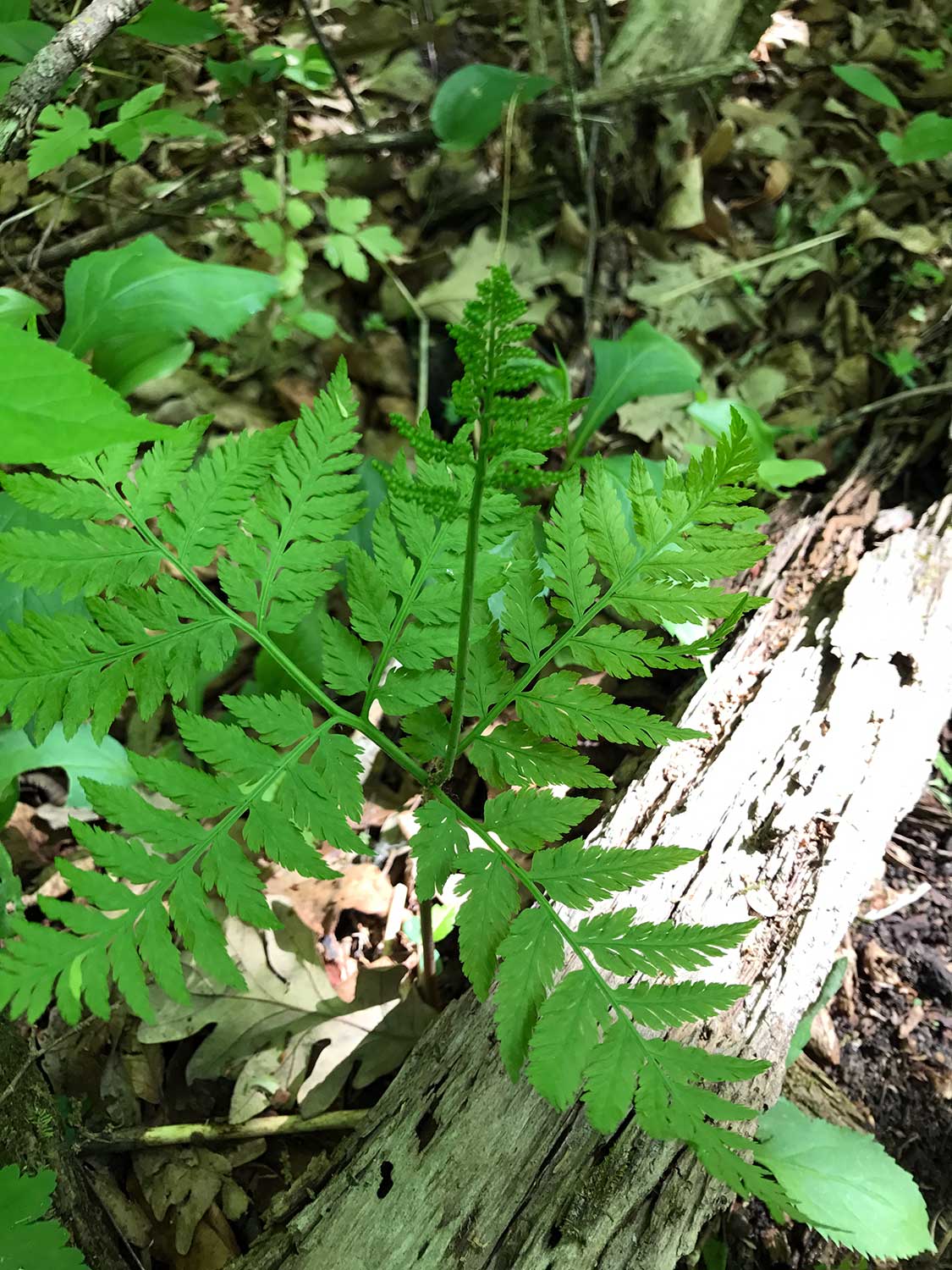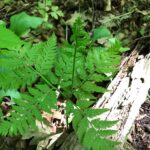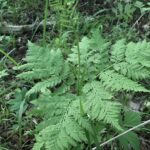Native To State: YES
Naturally Occurring: NO
Description
Asplenium trichomanes (Maidenhair Spleenwort) is a small fern species belonging to the Aspleniaceae family. Here are some key identification characteristics:
Size and Growth: Maidenhair spleenwort is a petite fern, typically growing to heights of 4 to 10 inches (10 to 25 centimeters). It has delicate and wiry fronds that arise from a compact rhizome.
Fronds: The fronds of Asplenium trichomanes are fan-shaped or lance-shaped and pinnately divided, with leaflets that are often fan-shaped themselves. The leaflets have smooth edges and a deep green color.
Texture: The fronds have a fine, lacy texture, which adds to the fern’s overall grace and elegance.
Habitat: Maidenhair spleenwort is native to various regions around the world and can be found in rocky crevices, cliffs, walls, and other rocky habitats. It has a preference for well-drained, limestone-rich soils.
Distribution: The species is distributed widely across different continents, including Europe, Asia, North America, and Africa.
Conservation: Maidenhair spleenwort is considered a resilient fern, but like many ferns, it benefits from the conservation of its natural habitats.
Other Species: Asplenium trichomanes is part of the Asplenium genus, which includes a diverse array of fern species.
Maidenhair spleenwort is highly regarded for its delicate and refined appearance, and it is a favorite among fern enthusiasts and plant collectors. Its ability to grow in rocky and challenging habitats adds to its allure, making it an interesting find in natural environments.
Occurrence
Planted in fern outcrop

